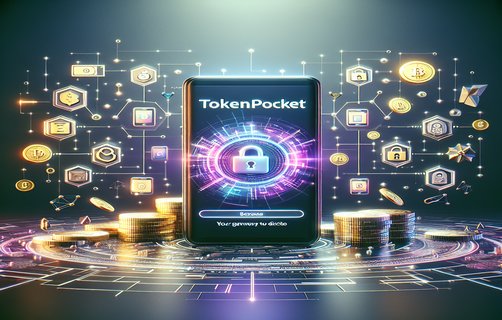Unlocking the Future: Protecting Digital Assets with Cutting-Edge Technologies
In the digital age, the protection of assets is a paramount concern for individuals and organizations alike. With advancements in technology, real-time asset protection mechanisms have emerged as essential tools to safeguard against evolving threats. In this article, we delve into the innovative landscape shaped by global technological ecosystems and explore professional insights into the future of asset security.

Real-time asset protection involves a combination of encryption techniques, constant monitoring of transactions, and robust security protocols that work in tandem to defend digital assets. For instance, blockchain technology provides a decentralized ledger, allowing for transparent and tamper-proof transactions, thereby enhancing security measures. Implementing multi-signature wallets and cold storage options can further mitigate risks.
As we navigate the complexities of globalization, a comprehensive technological ecosystem is created, enabling interoperability between nations and organizations. This environment has fostered collaboration and innovation, aligning diverse technological standards and practices to create a more secure landscape for asset management.
The professional landscape is also transforming through the utilization of AI and machine learning in asset protection. Advanced analytics empower organizations to forecast potential threats, assess vulnerabilities, and enhance their defenses proactively. The integration of these technologies is a critical factor in shaping future strategies for asset protection.
Additionally, it is vital to consider the economics of transaction fees and mining costs in this realm. Understanding the dynamics of miner fees can influence decision-making when transacting in cryptocurrencies, urging businesses to strategize around them to optimize their operations.
Furthermore, the technological advancements in encryption and cybersecurity cannot be overlooked. Employing advanced cryptographic methodologies, such as elliptic-curve cryptography, ensures that data remains secure during transmission and storage. As we gear toward the future, businesses must adapt their models to incorporate these advanced technologies and foster a culture of cybersecurity awareness.
In conclusion, the evolution of asset protection mechanisms driven by technological innovation emphasizes the importance of adapting to a rapidly changing landscape. We are currently witnessing the amalgamation of global expertise, best practices, and cutting-edge technologies that together create a fortified environment for digital assets.
As the global tech ecosystem continues to grow, the challenge remains: how do we sustainably integrate these advancements into practical solutions? This poses engaging questions for businesses and users alike:
1. What measures do you think are essential for real-time asset protection in your organization?
2. How does your experience with mining fees influence your decisions in cryptocurrency transactions?
3. Are you currently using any smart business models that integrate advanced technology for asset management?

4. What concerns do you have regarding the future of encryption security in the digital space?
Join the discussion and share your thoughts!

评论
TechSavvy123
Great insights on asset protection! I never thought about the impact of miner fees on transactions.
小红
这篇文章让我对加密技术的未来充满期待,非常有启发性!
CryptoPro
The integration of AI in asset security is crucial, looking forward to seeing more companies adopt these practices.
数据分析师
很赞同!实时资产保护是未来发展的趋势,尤其是在全球化的大环境下。
FinanceGuru
Excellent analysis! Protecting digital assets is more relevant than ever, especially with the rise of cyber threats.